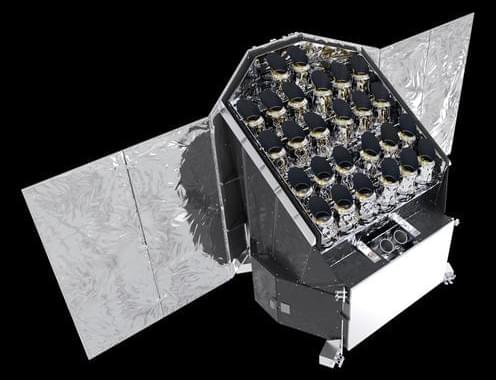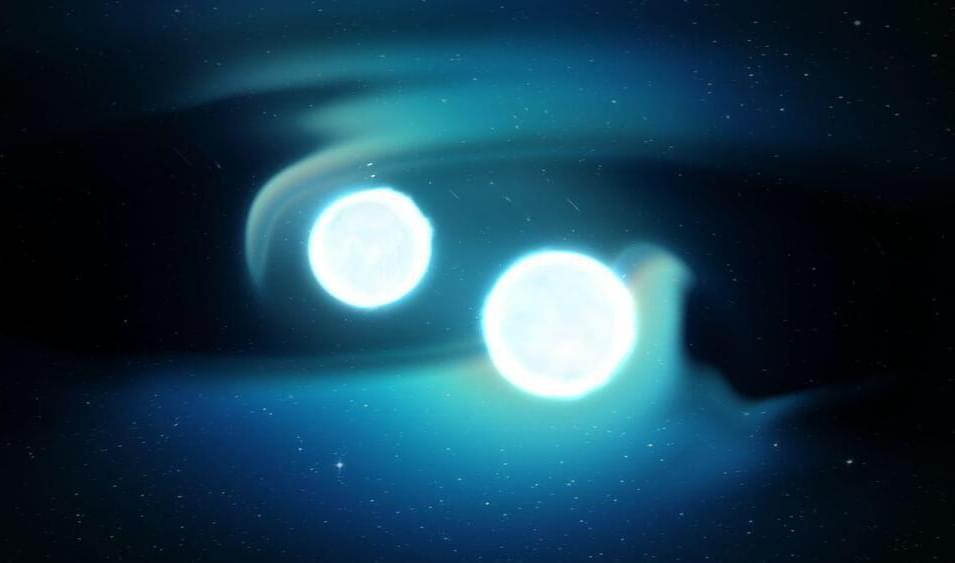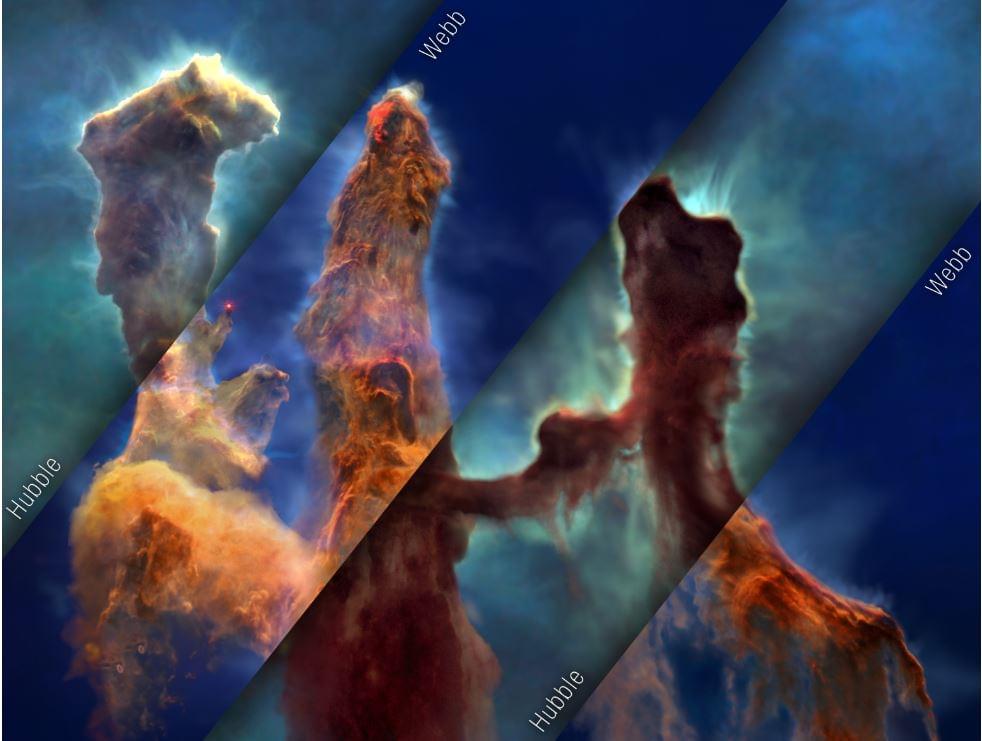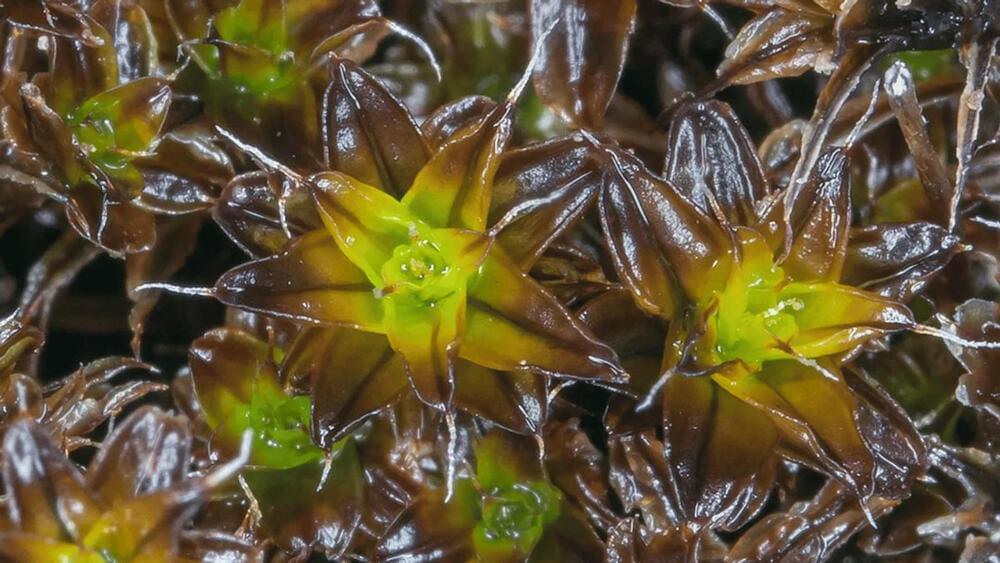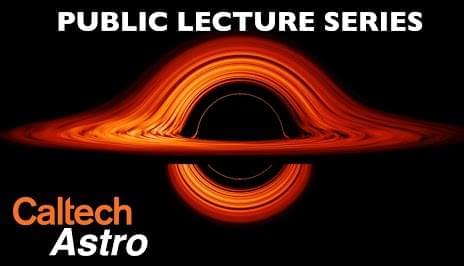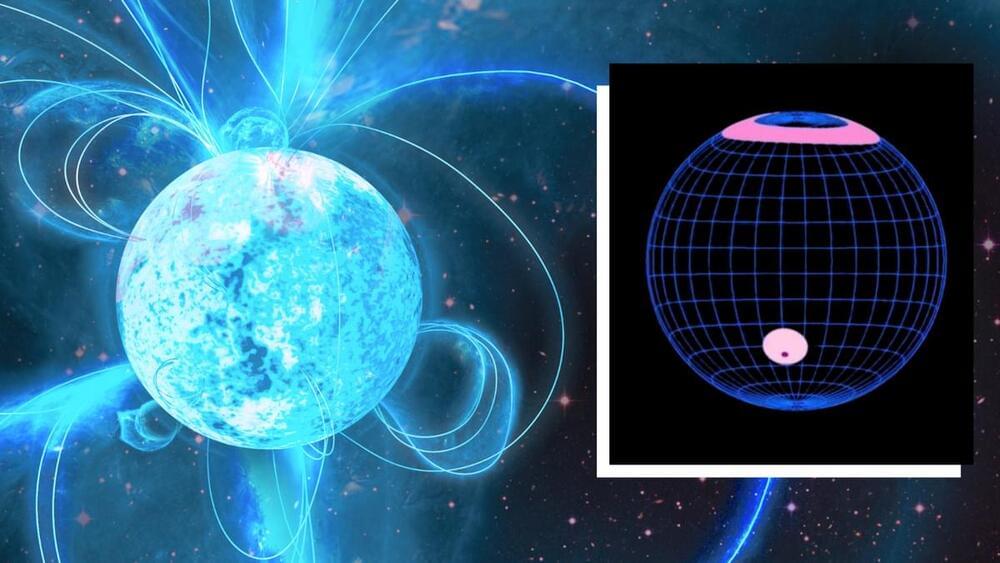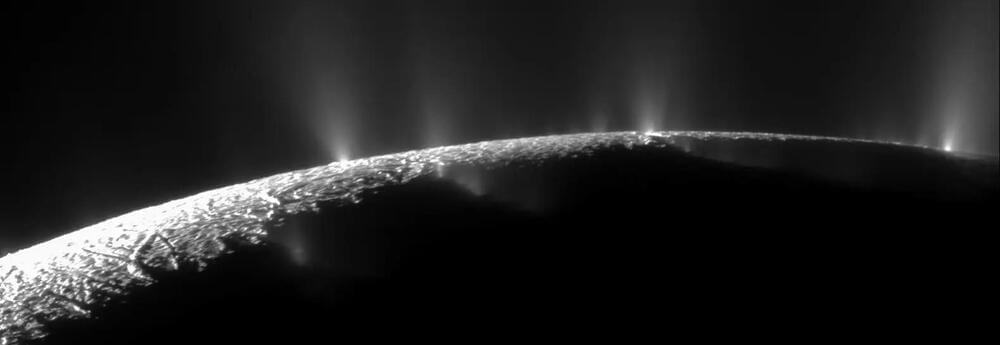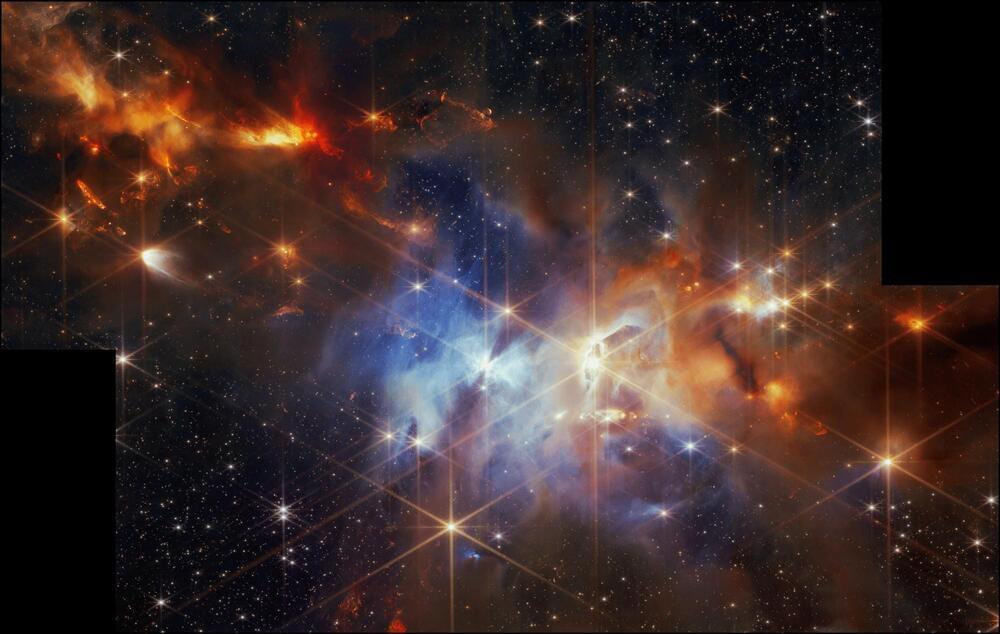Jul 23, 2024
Europe’s PLATO Telescope: Hunting Earth-like Planets Beyond Our Solar System
Posted by Laurence Tognetti, Labroots Inc. in category: space
How many Earth-like planets exist throughout the universe? This is what recent talk given at the National Astronomy Meeting 2024 hopes to address as Dr. David Brown, who is a scientist on the European Space Agency’s (ESA) PLATO (PLAnetary Transits and Oscillations of stars) mission, provided an update on the mission and the goals it hopes to achieve. This comes as PLATO is currently scheduled to launch in December 2026 with the goal of finding Earth-like planets throughout the universe, which could greatly expand our knowledge of exoplanets, as well.
“PLATO’s goal is to search for exoplanets around stars similar to the Sun and at orbital periods long enough for them to be in the habitable zone,” said Dr. Brown. “One of the main mission objectives is to find another Earth-Sun equivalent pair, but it is also designed to carefully and precisely characterize the exoplanets that it finds (i.e. work out their masses, radii, and bulk density).”
